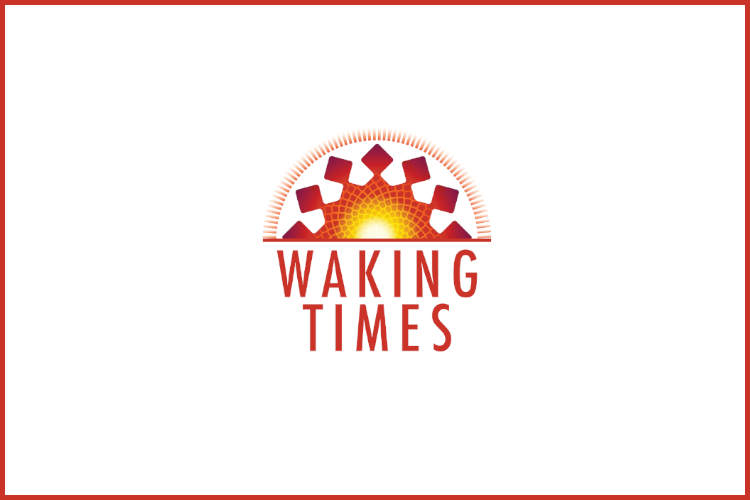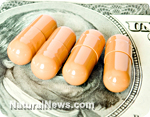 The health risks associated with radiation exposure, whether it comes from cancer treatments or medical imaging scans, are much more significant than most people probably think. The latest published data on radiation exposure suggests that roughly 25,000 Americans develop cancer every year as a result of medical radiation exposure, and many more experience DNA damage that could eventually lead to the development of cancer and other health problems in the long term.
The health risks associated with radiation exposure, whether it comes from cancer treatments or medical imaging scans, are much more significant than most people probably think. The latest published data on radiation exposure suggests that roughly 25,000 Americans develop cancer every year as a result of medical radiation exposure, and many more experience DNA damage that could eventually lead to the development of cancer and other health problems in the long term.
CT scans, which are a relatively modern medical imaging technology, are particularly problematic as they emit far higher doses of radiation than traditional x-rays do. Based on the figures, a single CT scan can blast up to 500 times the amount of radiation released by a single x-ray, an astounding level when considering how gratuitously CT scans are administered within the medical profession today.

 Health Glance
Health Glance
 There are two types of fluoride. Calcium Fluoride, which appears naturally in underground water supplies, is relatively benign. However, too much consumed daily can lead to bone or dental problems. Calcium is used to counter fluoride poisoning when it occurs. This redeeming factor indicates that the calcium in naturally formed calcium fluoride neutralizes much of fluoride’s toxic effects.
There are two types of fluoride. Calcium Fluoride, which appears naturally in underground water supplies, is relatively benign. However, too much consumed daily can lead to bone or dental problems. Calcium is used to counter fluoride poisoning when it occurs. This redeeming factor indicates that the calcium in naturally formed calcium fluoride neutralizes much of fluoride’s toxic effects.
 The federal government can't require tobacco companies to put large graphic health warnings on cigarette packages to show that smoking can disfigure and even kill people, a divided federal appeals court panel ruled Friday.
The federal government can't require tobacco companies to put large graphic health warnings on cigarette packages to show that smoking can disfigure and even kill people, a divided federal appeals court panel ruled Friday. The Australian state of Tasmania is considering a ban on cigarette sales to anyone born after the year 2000 in an attempt to create a smoking-free generation.
The Australian state of Tasmania is considering a ban on cigarette sales to anyone born after the year 2000 in an attempt to create a smoking-free generation. Prompted by growing concerns raised by the Campaign for Safe Cosmetics, Johnson & Johnson makers of Aveeno, Neutrogena, and Johnson’s Baby Shampoo, announced today that it will be removing carcinogens and other toxic chemicals from its baby and adult products globally.
Prompted by growing concerns raised by the Campaign for Safe Cosmetics, Johnson & Johnson makers of Aveeno, Neutrogena, and Johnson’s Baby Shampoo, announced today that it will be removing carcinogens and other toxic chemicals from its baby and adult products globally. Prozac. Cialis. Cymbalta. If you have a television or read magazines, you've heard of their drugs. Eli Lilly, out of Indiana, makes billions of dollars every year off the sale of their patented chemicals, which are used to suppress the symptoms of disease in the human body. Founded by a chemist in the late 19th century; today the pharmaceutical giant has offices in 18 countries, and its products are sold in 125 countries, with revenues exceeding $20 billion annually.
Prozac. Cialis. Cymbalta. If you have a television or read magazines, you've heard of their drugs. Eli Lilly, out of Indiana, makes billions of dollars every year off the sale of their patented chemicals, which are used to suppress the symptoms of disease in the human body. Founded by a chemist in the late 19th century; today the pharmaceutical giant has offices in 18 countries, and its products are sold in 125 countries, with revenues exceeding $20 billion annually.






























